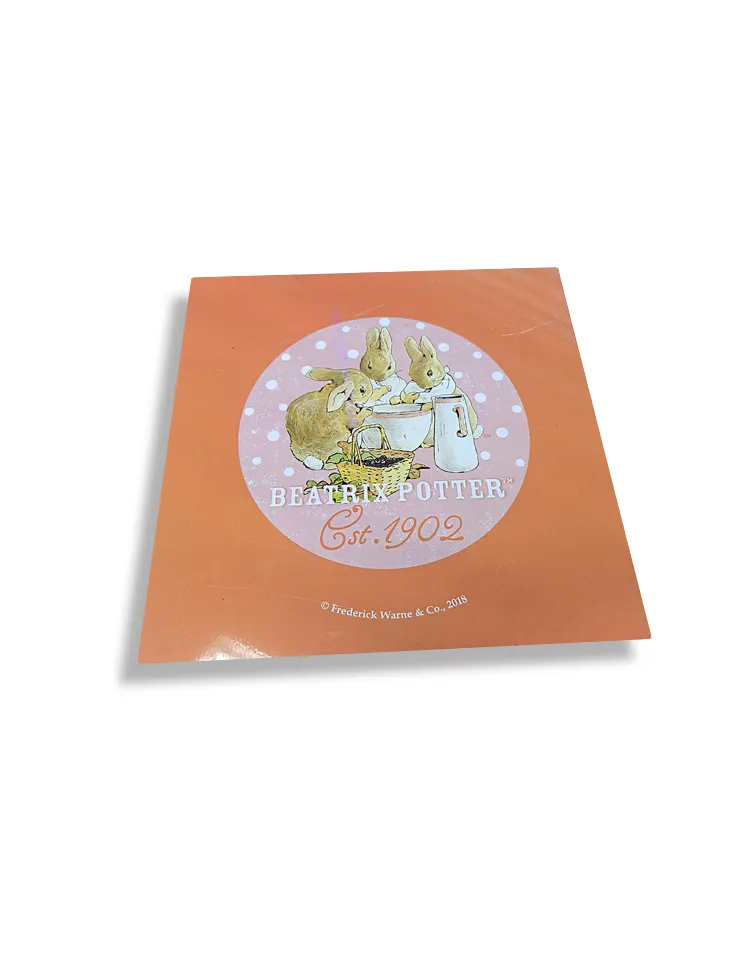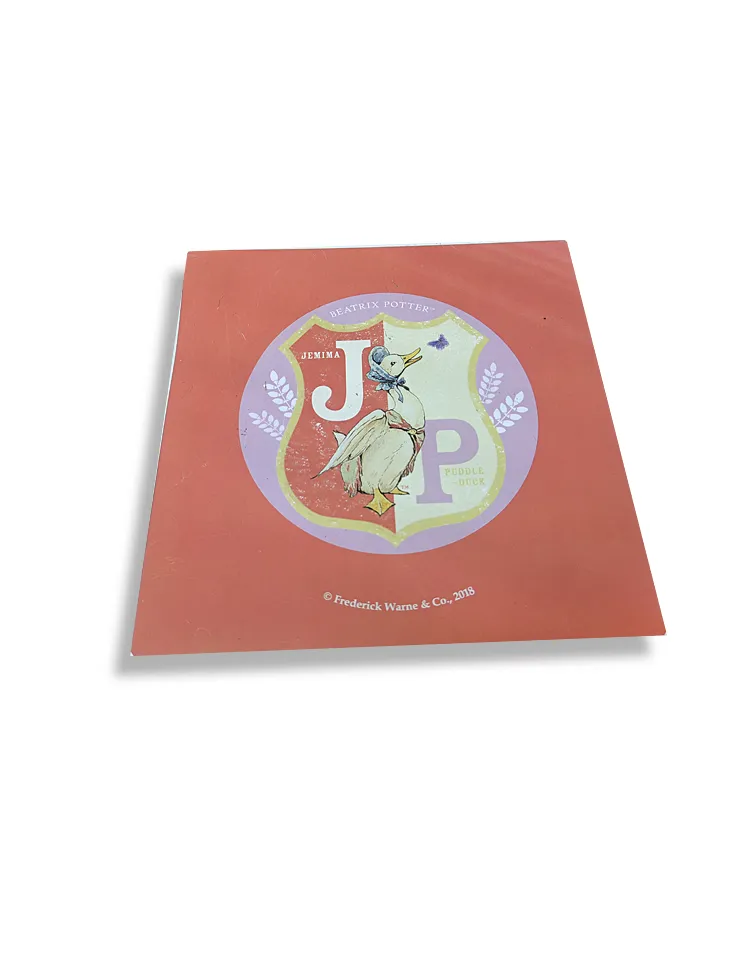Electrolytic tinplate (ETP) is widely used in food, beverage, chemical industry and other fields due to its excellent corrosion resistance, aesthetics and processability. However, whether electrolytic tinplate products can be used to store and transport acidic and alkaline liquids has always been a matter of great concern.
This article will discuss in detail the chemical properties of electrolytic tinplate, its stability in acidic and alkaline environments and its practical applications.

Composition and characteristics of electrolytic tinplate
1. Low carbon steel substrate
The substrate of electrolytic tinplate is low carbon steel. Low carbon steel has good mechanical properties and ductility, but is prone to corrosion in humid environments.
2. Tin coating
The surface of electrolytic tinplate is coated with a layer of tin. Tin has good chemical stability and corrosion resistance, which can effectively prevent the low carbon steel substrate from direct contact with the external environment, thereby extending the service life of the material.
Chemical stability of electrolytic tinplate in acid and alkali environments
1. Performance in acidic environments
In acidic environments, the tin-plated layer of electrolytic tinplate can provide a certain degree of protection, but its acid resistance is limited. Strong acid environments may cause the dissolution and corrosion of the tin layer, thereby exposing the low-carbon steel substrate and further inducing corrosion.
Chemical reaction examples:
● Reaction of tin in concentrated sulfuric acid: Sn+2H2SO4→Sn(SO4)2+2H2
2. Performance in alkaline environments
In alkaline environments, the tin-plated layer of electrolytic tin plate is relatively stable and not prone to chemical reactions. However, strong alkaline environments may cause corrosion of the low-carbon steel substrate, thereby affecting the service life of electrolytic tinplate products.
Chemical reaction examples:
● Reaction of tin in sodium hydroxide: Sn+2NaOH→Na2SnO2+H2

Challenges and case studies in practical applications
1. Food and beverage packaging
Electrolytic tinplate is widely used in food and beverage packaging, such as cans, beverage cans, etc. Since most foods and beverages are neutral or slightly acidic, electrolytic tinplate can provide adequate protection. However, for highly acidic or alkaline foods and beverages, additional lining or coating protection is required.
Case study:
A food company used electrolytic tin plate to package acidic fruits in cans and found that the inner wall of the cans corroded after long-term storage. By improving the packaging process and adding food-grade coatings, this problem was solved, ensuring the safety and quality of the food.
2. Chemical containers and storage tanks
In the chemical industry, electrolytic tin plate is used to make chemical containers and storage tanks. Due to the strong corrosiveness of chemicals, it is usually necessary to add an anti-corrosion coating to the surface of electrolytic tinplate to improve its acid and alkali resistance.
Case analysis:
A chemical company uses electrolytic tinplate to make storage tanks for storing weak acid chemicals. After a period of use, the inner wall of the storage tank was slightly corroded. By adding an anti-corrosion coating to the inner wall of the storage tank, the corrosion problem was solved and the service life of the storage tank was extended.
Factors affecting the acid and alkali resistance of electrolytic tinplate
1. Tin coating thickness
The thickness of the tin coating directly affects the corrosion resistance of electrolytic tinplate. A thicker tin coating can provide better protection and delay the occurrence of corrosion.
Impact analysis:
In a strong acid or alkali environment, choosing a thicker tin coating can effectively extend the service life of electrolytic tinplate products and reduce the risk of corrosion.
2. Anti-corrosion coating
Adding an anti-corrosion coating to the surface of electrolytic tin plate can significantly improve its acid and alkali resistance. Common anti-corrosion coatings include epoxy resin, polyester coating, etc.
Impact analysis:
The type and thickness of the anti-corrosion coating have an important influence on the acid and alkali resistance of electrolytic tin plate. Choosing the right coating material and thickness can significantly improve its corrosion resistance.
3. Storage environment
The storage environment of electrolytic tinplate products also has an important impact on their acid and alkali resistance. Storage in a dry and ventilated environment can reduce the occurrence of corrosion.
Impact analysis:
Avoiding long-term storage of electrolytic tinplate products in humid, high temperature or acid and alkali environments can effectively extend their service life and reduce the risk of corrosion.

Recommendations for using electrolytic tinplate products to store acid and alkaline liquids
1. Choose the appropriate thickness of the tin plating layer
When using electrolytic tinplate products to store acid and alkaline liquids, a thicker tin plating layer should be selected to provide better corrosion protection.
Recommendation:
According to the corrosiveness of the acid and alkali liquid, select a tin plating layer of appropriate thickness to ensure the corrosion resistance of the electrolytic tinplate products.
2. Add anti-corrosion coating
Adding an anti-corrosion coating to the surface of electrolytic tinplate can significantly improve its acid and alkali resistance and extend the service life of the product.
Recommendation:
According to the specific application scenario, select the appropriate anti-corrosion coating material and thickness to improve the corrosion resistance of electrolytic tinplate products.
3. Control the storage environment
Reasonably control the storage environment of electrolytic tinplate products, avoid long-term storage in humid, high temperature or acid-base environment, and reduce the risk of corrosion.
Recommendation:
Store electrolytic tinplate products in a dry and ventilated environment, and regularly inspect and maintain them to ensure their good use status.

Precautions for enterprises and consumers
1. Precautions for enterprises
When using electrolytic tinplate to make storage tanks or containers, manufacturers should pay attention to the following points:
Production specifications:
● Material selection: Select electrolytic tin plate materials that meet national and international standards.
● Process control: Strictly control production process parameters to ensure the thickness of the tin coating and the quality of the anti-corrosion coating.
● Quality inspection: Carry out strict quality inspection to ensure the safety of the product in acid-base environment.
2. Precautions for consumers
When using electrolytic tinplate products, consumers should pay attention to the following points:
Instructions for use:
● Reasonable use: Operate in accordance with the scope of use and precautions in the product manual to avoid storing strong acid or strong alkali liquids.
● Regular inspection: Check the status of electrolytic tinplate products regularly and replace them in time if corrosion signs are found.
Conclusion
Through a detailed analysis of the chemical stability and practical application of electrolytic tinplate in acid and alkali environments, the following conclusions can be drawn:
1. Electrolytic tinplate has good chemical stability in weak acid and alkali environments: For most food and beverage packaging, electrolytic tinplate can provide sufficient protection to ensure its safety.
2. In strong acid and alkali environments, the corrosion resistance of electrolytic tin plate is limited: it is necessary to increase the thickness of the tin plating layer and the anti-corrosion coating to improve its corrosion resistance.
3. Reasonable control of the storage environment and use methods can effectively extend the service life of electrolytic tinplate products: storage in a dry and ventilated environment, avoiding long-term storage of strong acid or alkali liquids, can reduce the risk of corrosion.
I hope this article can help readers better understand the performance of electrolytic tin plate in acid and alkali environments and its practical application, and provide reference and guidance for the production and use of related fields.

